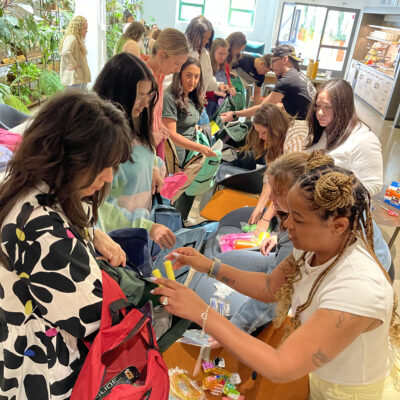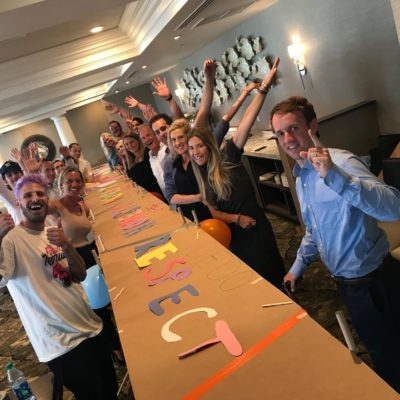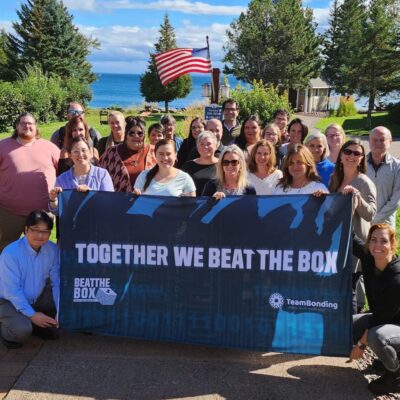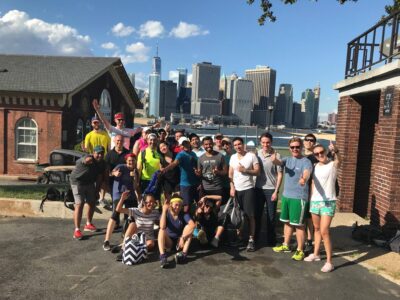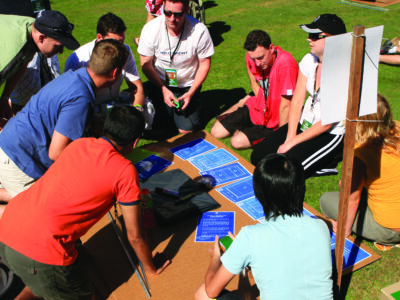 As summertime ticks away the stores have gone from seasonal sections of gardening and outdoor to school supplies. Aisles upon aisles filled with everything from erasers and rulers to backpacks and water bottles. There is palpable excitement amongst the youngest of school goers as the seasons change from summer to school.
As summertime ticks away the stores have gone from seasonal sections of gardening and outdoor to school supplies. Aisles upon aisles filled with everything from erasers and rulers to backpacks and water bottles. There is palpable excitement amongst the youngest of school goers as the seasons change from summer to school.
That early excitement for school has always been an amazing thing to me. Why is it that older kids seem to dread the transition, while the younger ones get crazy excited? Have you ever seen that same effect with the teams you work with? The ones who have seasoned with the project seem to drag a bit while newcomers have a sense of excitement…
Maintaining that sense of excitement is key to a team’s success. But how do you do it? Where does the excitement come from?
Quite simply team members are affected by the duration of work as well, they feed off of the energy of their co-workers (which can be even more challenging for remote and hybrid teams). So a leader’s ability to keep that energy up is paramount to a team’s long-term sustainable success. Here are some energy tips for keeping your team performing at a high level:
New Friends
Take the time to welcome new team members with a “splash”, new people are a cause for celebration. These new people (with good hiring practice) will bring energy to the team. They will bring in new perspectives, new ideas, new questions, and new dynamics. Escorting them into the team ensures that they become a known quantity and their performance is enhanced with relationship building.
In addition, this celebration of “the new kid” is an opportunity to champion the team. Take the initial meeting with the new person to talk about the existing past successes of the team, as well as the areas of focus for the future of the project and how everyone connects (including them). This gives recognition to those who are doing a good job, as well as focuses the attention of the team on upcoming initiatives and stakeholders.
Classroom Management
It is said it takes 21 days to make an action a behavior. While actually may be closer to 66 days are necessary, the idea of repeating an action until it becomes a habit is sound. Helping a team to build a culture of “energized effort” will require conscious energy on the behalf of the leader. Take 20 minutes and script out the next 28 days of energy. How will you add energy to your team in small incremental ways over the next 28 days? For example, host a meeting in your office and transform it into a coffee house or simply make a point of telling ten positive behaviors that you are seeing team members doing that is leading to project success. The little things are often the most powerful.
Student Assignments
After you have made the idea of energizing your team a reality, without the team knowing. Now focus on that new culture from your leadership to a shared leadership model. Take 20 minutes and script out how you will guide and set up opportunities for others to learn the art of energy. Set up team members as key leads, coach them on appreciation and recognition strategies, start a program of peer recognition (i.e. at beginning of the meeting have each person recognize something they saw a colleague do that benefited the project). Share the responsibility of the “choice” parts of a project with the team and sound their success to your direct report.
New Toys
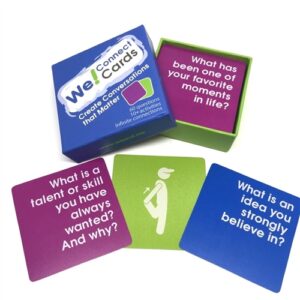 Never underestimate the power of new resources. Kids get excited at a candy store… adults at building supply, clothing, and stationery stores for example. The power of a “new” toy or work tool is energizing. Make an event of it arriving, connect regularly at the beginning about the benefits of it with the staff member, and make sure you share new stuff around. And who’s to say actual toys are just for kids? Check out our new Team Playground, get an icebreaker thumball or a set of We! Connect Cards and spend some time playing together.
Never underestimate the power of new resources. Kids get excited at a candy store… adults at building supply, clothing, and stationery stores for example. The power of a “new” toy or work tool is energizing. Make an event of it arriving, connect regularly at the beginning about the benefits of it with the staff member, and make sure you share new stuff around. And who’s to say actual toys are just for kids? Check out our new Team Playground, get an icebreaker thumball or a set of We! Connect Cards and spend some time playing together.
Take a Recess
School was great because of recess, who’s kidding who. Make sure you take the time to offer employees the opportunity to retreat and relax (more to come on that in September’s issue when we talk about “how to build powerful retreat days”). For now get on the books a time to have a long recess (i.e. staff retreat) as well as take advantage of the short recess energizers (i.e. lunch break, meetings, random act of fun). Provide cool quick activities that energize at these meeting points.
Any time that a team gets together is an opportunity to grow. Some quick things you can do at the quick meetings include: everyone answers an open-ended question like… “if you could blow $500 on anything it would be … or if I could bronze a part of my body it would be …”, you could also have team members do quick .ppt presentations about where they come from, their education, hobbies, etc. Fun quick, get to know each other events are key to injecting small inputs of energy which end up being the most contagious and sustainable.
Staff Room
Take some time to connect with others who are in similar positions to find out what they are doing with their staff. Sharing ideas and tools can be a real game-changer for leaders. You will gain insight, energy, and ideas to bring back to your team. Go spend some time at professional associations, local networking groups, and colleagues within your firm. Just a note of caution… don’t spend too much time in the “staff room” there are plenty of disgruntled leaders out there, and you don’t want anything to do with that energy!






